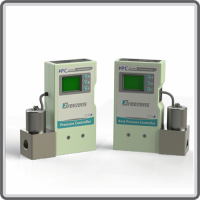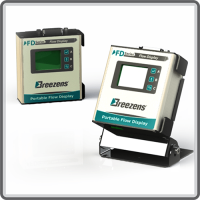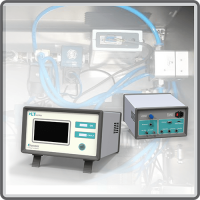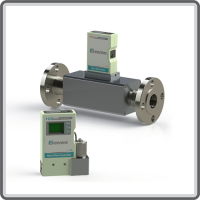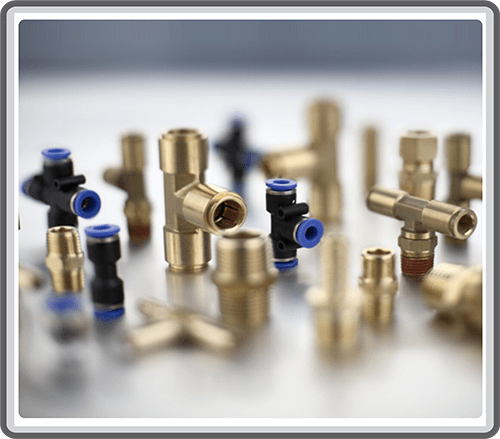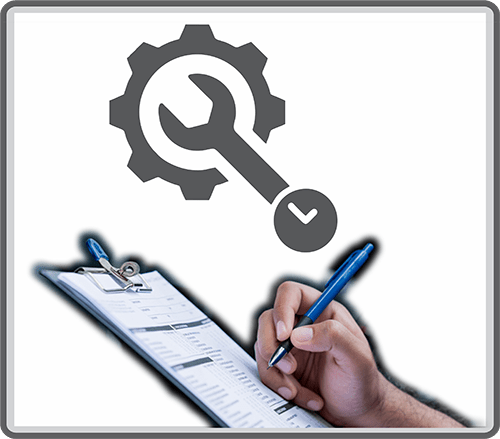Abstract


Thermal mass flowmeter calibration
How Thermal Mass Flowmeters Work Thermal mass flowmeters measure gas flow by utilizing the cooling effect of a gas stream on a heated sensor. The amount of cooling is directly proportional to the mass flow rate. Calibration of these flowmeters involves validating this relationship under various conditions.
Benefits of Calibration for Thermal Mass Flowmeters
- Accuracy Optimization: Calibration fine-tunes the instrument, enhancing its accuracy across a range of operating conditions.
- Extended Lifespan: Regular calibration can identify potential issues early, contributing to the longevity of the flowmeter.
- Process Optimization: Accurate measurements lead to optimized processes, reducing waste and improving overall efficiency.



